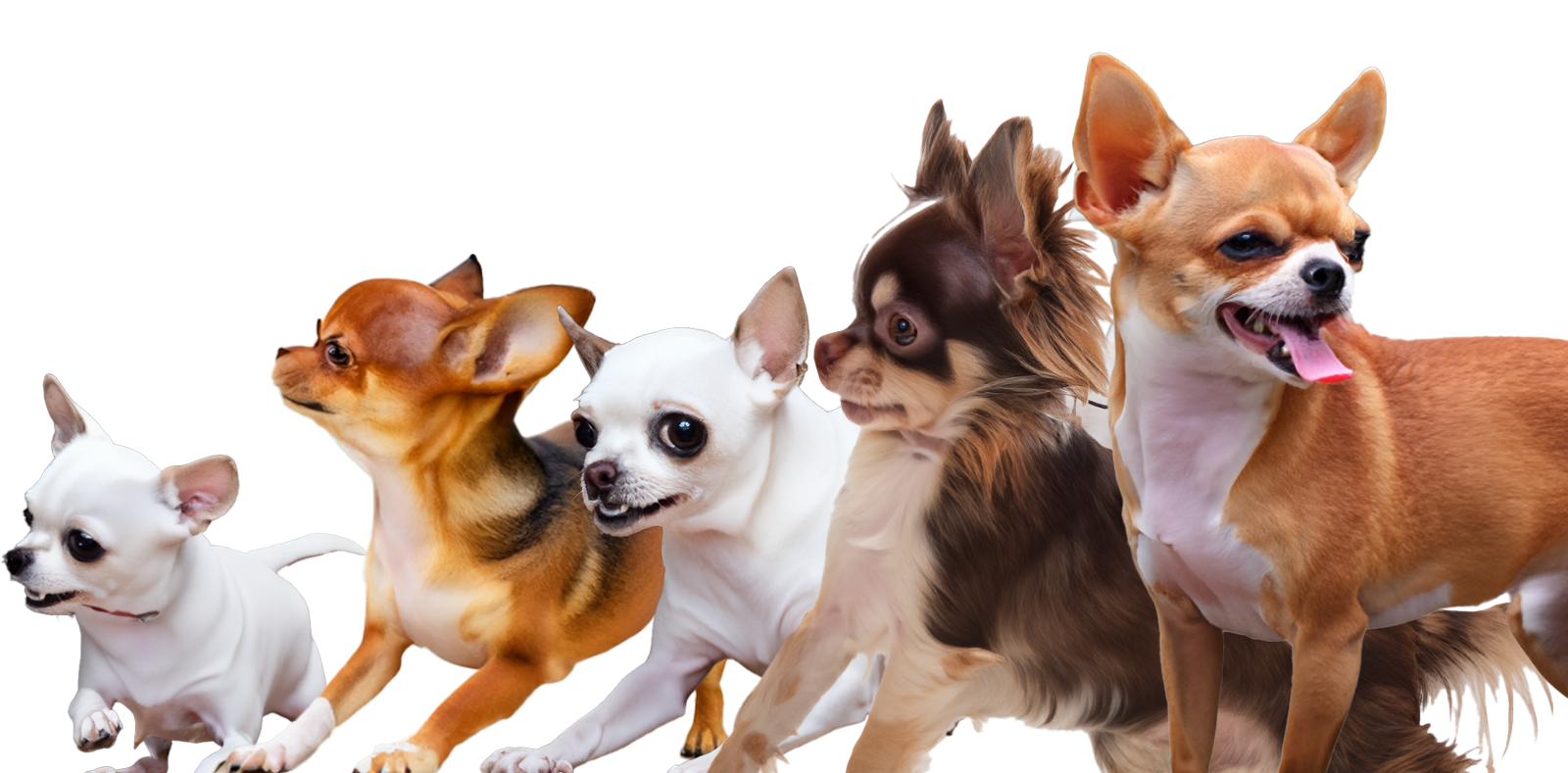


Animal Care
*SBRSC Large Boa Consrictor Information Guide for Adoption
Boa Constrictor Tip: These are SOLITARY animals, they do not get lonely. Only ONE animal per enclosure. Boa Constrictors can brumate so don’t be worried if they start to slow down on eating through colder months.
Enclosure Assembly
When the enclosure changes, the heating, lighting, and UVB/A requirements change. The larger the enclosure, the more challenging it is to add lighting and heating in a manner that remains beneficial for the snake. This can also increase the initial cost of setup0 and the maintenance cost over time both in maintenance and electricity cost.
Large Adult Boas:
Adult boas can become a wide range of sizes and as such enclosure sizes can vary wildly. The general rule of thumb is the enclosure length should be equal to or longer than the length of the snake. The width of the enclosure should be at least equal to half the length of the snake. The height of the enclosure should be at minimum equal to half the length of the snake or larger in the case of arboreal snakes. As the snake gets over 8 ft, this begins to present some practical challenges to the overall length, which can sometimes be offset by additional depth or height within reason. These have to be worked out on a case-by-case basis. Additionally challenges with large enclosures include providing UBV deep into the enclosure at the correct Ferguson zone without creating dangerous Ferguson zone levels close to the lighting where the snake can reach. There's also the challenge of creating the correct basking heat within the enclosure, and of course ambient temperatures that may require external ambient assistance. Finally these enclosures often include a large water feature big enough for the snake to submerge in. Ensuring ease of maintenance on these items is another key factor that needs to be developed into the design. We can help work with you to design these features and avoid some of the common pitfalls. As always, custom enclosures come with custom problems.
Juvenile:
You should always build your enclosure based upon the adult size of the snake, but sometimes this isnt possible or practical and it will require a lter rebuild. Below are our minimum requirements for Juvenile Boas where we can size equipment based upon the enclosure. This assumes you will likely need to build a new enclosure in the near future as the animal grows if it is a snake that can exceed 4-5 feet.
Enclosure Type 1 6ft wide 6x3x3 PVC:
Housing:
Pvc style enclosures:
· Apex Reptile - Module enclosuers that can be extended as your animal grows
· Toad Ranch - Large PVC enclosures of good build quality · Animal Plastics - Large PVC enclosures of good build quality
|
UVB Fixture/Bulb:
(Lighting Option)
Approved 48” T5 Fixtures that require an additional bulb
· Zoo Med ReptiSun T5 HO Terrarium Hood 48" https://amzn.to/49134mX (Amazon)
|
Approved 46” T5 bulbs for 48” Fixtures
· Zoo Med Reptisun 5.0 T5-54W 46” UVB Bulb - https://amzn.to/42oF8XU (Amazon)
|
Heat Fixture:
Zoo Med Combo Large Deep Dome Dual Lamp Fixture https://amzn.to/49MR5Kd (Amazon – click ‘See all buying options’)
With a Dimmer Switch - https://amzn.to/3SHX4K6 (Amazon
Heat Daytime:
Arcadia Halogen Heat Lamp 100 Watt - https://rb.gy/237hki (PetSmart)
Heat Nighttime:
Fluker's Deep Thermal Heat Lamp for Reptiles - 100 watt https://amzn.to/49shFYG (Amazon)
Both Arcadia and Black box cages have T5 UVB fixture lamp guards if mounting internally:
https://www.blackboxcages.com/products/uvb-guard?variant=45642350526702&fbclid=IwY2xjawKbYLpleHRuA2FlbQIxMQABHr1cEAIkwKF23RqszTqbTBFjSdfNTwQsicXnCjWWNi55GIck3uRAaGs36LG0_aem_OS-UG4CrkCzVoFuy8m_Xtg
Heating, Lighting, & UVB Set-up & Management
Ideal temperatures for a Large Boa Constrictors range from 72-78°F on the cool side, and 80-86°F on the warm side. Provide an 94-96°F basking area on the warm side. Humidity should be between 70-90%. Night temps should be between 70-80°F. The UVB Ferguson Zone is 2-3.
The UVB and top daytime heat fixtures are plugged into the timer and set to be on for 12 hours and off for 12 hours.
Timer: 24-Hour Mechanical Timer Outlet with multiple Grounded Outlets. Daytime units will plug into the timer side, night time units will plug into the continuous side - https://amzn.to/3w0aBnk (Amazon)
Thermostat: ReptiZoo dimmable thermostatic controller - https://amzn.to/3UcgWGq (Amazon) - the nighttime heat source will be plugged into this unit.
If you chose top heat the sensor for the controller will be secured either at ground level in the projected heat path of the deep heat projector with zip ties or screws immovable objects - https://amzn.to/47JZ2Of (Amazon)
It is HIGHLY RECOMMENDED to get a Solarmeter Model 6.5 UV Index Meter - https://amzn.to/3S7qvUd (Amazon). This is to not only measure the Ferguson Zone for the UVB but it tells you when the UVB has been burned off from the bulb.
While the bulbs that we recommend generally need to be replaced every 10 - 11 months, some can be defective and burn out sooner. UVB lights can stop emitting UVB but still illuminate. Always save the bulb box and receipt if you need to exchange it due to this. The meter can help to prove your case.
Alternatively, many of these bulbs live longer than expected. If you check the health of your UVB bulb once a month, you may find that it is viable for many months longer than expected, thus saving you money in the long run.
Remember, the Ferguson Zone you want for your boa constrictor to be in is between 2 and 3. The meter will help you to learn where that is in your enclosure. It needs to reach the highest point that your snake can climb to. This will remain an unknown without the meter. Be Aware! Cheaper means unreliable or measures the wrong thing.
TIP!!! - Never throw away your UVB light box or receipt in case you need to return it for burning out too soon.
To manage your gradient temperatures, you need the Etekcity Infrared Thermometer Laser Temperature Gun - https://amzn.to/42pQawp (Amazon). Knowing the temps is helpful if your animal is not acting or behaving in a normal way. You can even use it to test your animal's temp as well as the water for your animal’s bath!
Décor, Hints & Tips:
We do not recommend using anything that has suction cups because they become weak over time and can cause a hazard for your snake.
Everything needs to be reptile safe so when looking for things like wood or rocks it is recommended you purchase these items new from a reptile retailer.
If possible, it’s preferred to use items that are not porous or made of wood for a healthy and easy-to-clean environment.
If you want to use items from outside you MUST scrub them with Dawn Wildlife Safe Dish Soap - https://amzn.to/428GOoo (Amazon) followed by a wipe down or spray of 99% Isopropyl Alcohol - https://amzn.to/3Hv2txG (Amazon).
If it is wood that is from either outside or is second hand you MUST do the above THEN bake it in an oven at 250 degrees for 2 hours – set your timer to check on it every 15 minutes to make sure it does not catch on fire.
Substrate – The best choice of substrate for your boa is one that can hold moisture and provide an elevated humidity and will not mold.
Coco Chips
ReptiChip Reptile Substrate Coconut Chip Bedding 72 Quart Compressed Organic Coco Husk Block for Snake Habitat - https://amzn.to/3vJerRS - (Amazon)
Hides and Climbs – Boa Constrictors like to explore so some clutter along the back and sides of the enclosure would be good while leaving open space in the center and front for you to see and interact with your ball python for easy accessibility. This also gives them enrichment.
Here are the Climbs/Hides we use and highly recommend:
· Large corner simulated rock hide: https://amzn.to/3P4ONgR (Amazon)
· Cork Bark: https://amzn.to/3wy9GdY (Amazon)
· Grapewood Branch: https://amzn.to/49YjTie (Amazon)
· Greens and vines: https://amzn.to/3V1z85K (Amazon)
Dishes and Suppliants:
Water Bowl: this will be placed on the cool side and should be big enough for your snake to get in to soak. It is incredibaly difficult to find large water bowls right now. Beast Pets in Vista sometimes has them, LLL Retile does seldom.
Chlorine remover: Tap water is healthy for your animals because of the minerals in it but you will need to remove the chlorine from it with Zoomed ReptiSafe Water Conditioner for Reptiles - https://amzn.to/480MCBM (Amazon). This is to be used in drinking water, soaking water, and the water to spray the substrate for humidity.
*Please Note - bottled water is not recommended and distilled is dangerous for reptiles.
Feeding Tongs: Zoo Med Soft Tip Angled Stainless Steel Feeding Tongs, 10" - https://amzn.to/4b67OJk (Amazon)
Snake hook – This is just in case you need to handle your snake when they are not in a good mood or if they are in a hard-to-get-at location. Beast Pets in vista has a good supply to chose from for the right size of your snake.
Travel Kit – There are 3 pieces needed to safely transport a snake.
· The snake will first be in the bag. You can use a pillowcase for this.
· The bag will need to be closed securely with a clip – they can work through a knot: https://amzn.to/4a0G7jT (Amazon
· The last piece is a secured carrier with handles that the closed bag will be placed in.
Snake Feeding: Most snakes should be fed a size of prey that is about the same size around as the snake's body at its widest point. This means that as a snake grows, you will have to adjust the size of the prey fed to the snake to accommodate the snake's increasing size.
Your snake only eats thawed frozen food. Live prey should not be fed to snakes, as the prey will not only suffer psychological stress while being hunted by the snake but also threaten to harm the snake by biting it before they are eaten. This can also lead to increased prey drive in your snake which can lead to difficulty in handling.
When your snake is a juvenile, you’ll need to feed every week. As they get older, you can pull back on frequent feedings. Juveniles eat once every other week and adults eat once every 2-3 weeks. Your adoption counselor will tell you the current schedule and food size of your pet when you get closer to your adoption date